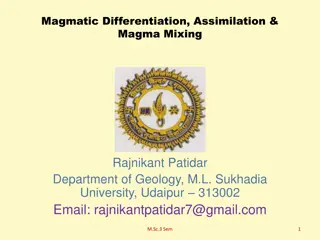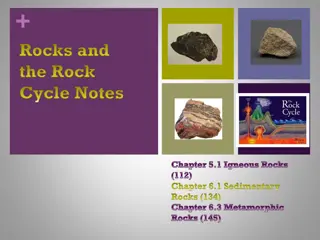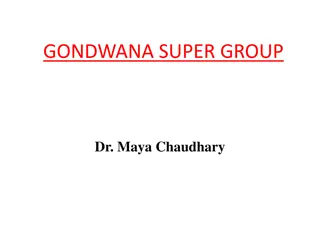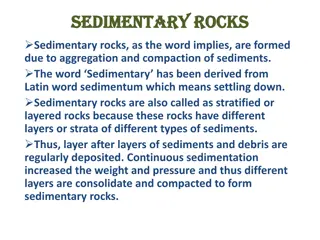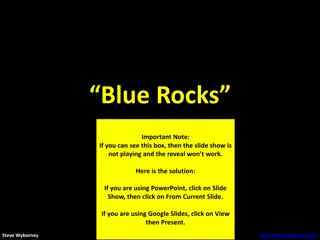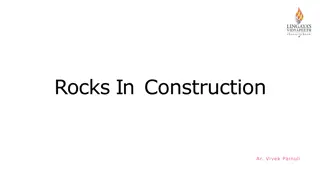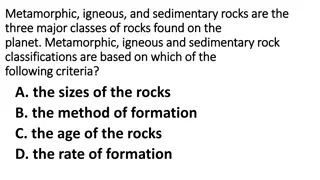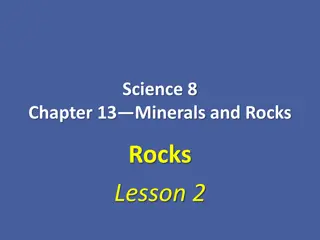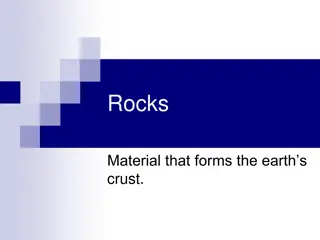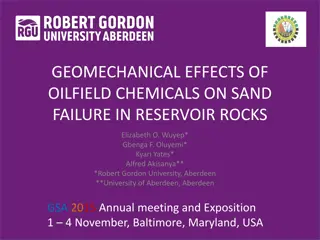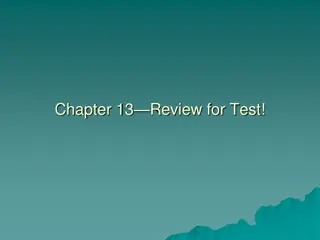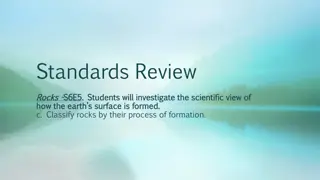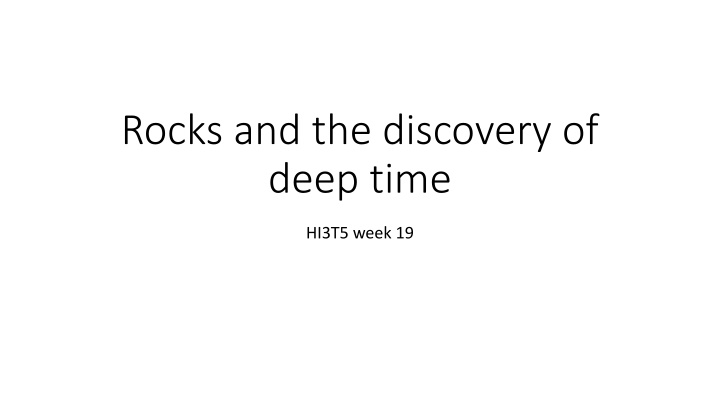
Unveiling the Geological Revolution through William Smith's Map
Explore the significant impact of William Smith's map on the field of geology in the early 19th century. Discover why historians celebrate this groundbreaking contribution and how it revolutionized the evaluation of the subterranean world. Reflect on the enduring relevance of Smith's map in the 21st century and its legacy in shaping our understanding of Earth's history.
Download Presentation

Please find below an Image/Link to download the presentation.
The content on the website is provided AS IS for your information and personal use only. It may not be sold, licensed, or shared on other websites without obtaining consent from the author. If you encounter any issues during the download, it is possible that the publisher has removed the file from their server.
You are allowed to download the files provided on this website for personal or commercial use, subject to the condition that they are used lawfully. All files are the property of their respective owners.
The content on the website is provided AS IS for your information and personal use only. It may not be sold, licensed, or shared on other websites without obtaining consent from the author.
E N D
Presentation Transcript
Rocks and the discovery of deep time HI3T5 week 19
Drawing of stratified rocks at Jedburgh, in the Southern Uplands of Scotland Published in James Hutton, Theory of the Earth (Edinburgh, 1795) Hutton, The system of the habitable earth with regards to its duration and stability, read to Roy. Soc. Ed. (1785) Hutton, Theory of the Earth; or an investigation of the laws observable in the composition, dissolution, and restoration of land upon the Globe, Trans. Roy. Soc. Ed. (1788) Martin Rudwick, Bursting the Limits of Time: The Reconstruction of Geohistory in the Age of Revolution (2005)
Earth science c. 1750 Mineralogy Fossils Physical geography Age of the earth Theories of the earth Geognosy
Discovery of deep time Second scientific revolution , c. 1770-1830 Long timescale Very long pre-human past This past historical a particular story that can be reconstructed like human history
Martin Rudwick, Bursting the Limits of Time: The Reconstruction of Geohistory in the Age of Revolution (2005) section on William Smith William Smith, A Delineation of the Strata of England and Wales , 1815 map
Why is William Smith's map celebrated by historians of geology? What did it mean to evaluate the subterranean world in early 19th-century Britain? Why did these evaluations matter for Smith s map? How should we remember Smith and his map in the twenty- first century?



